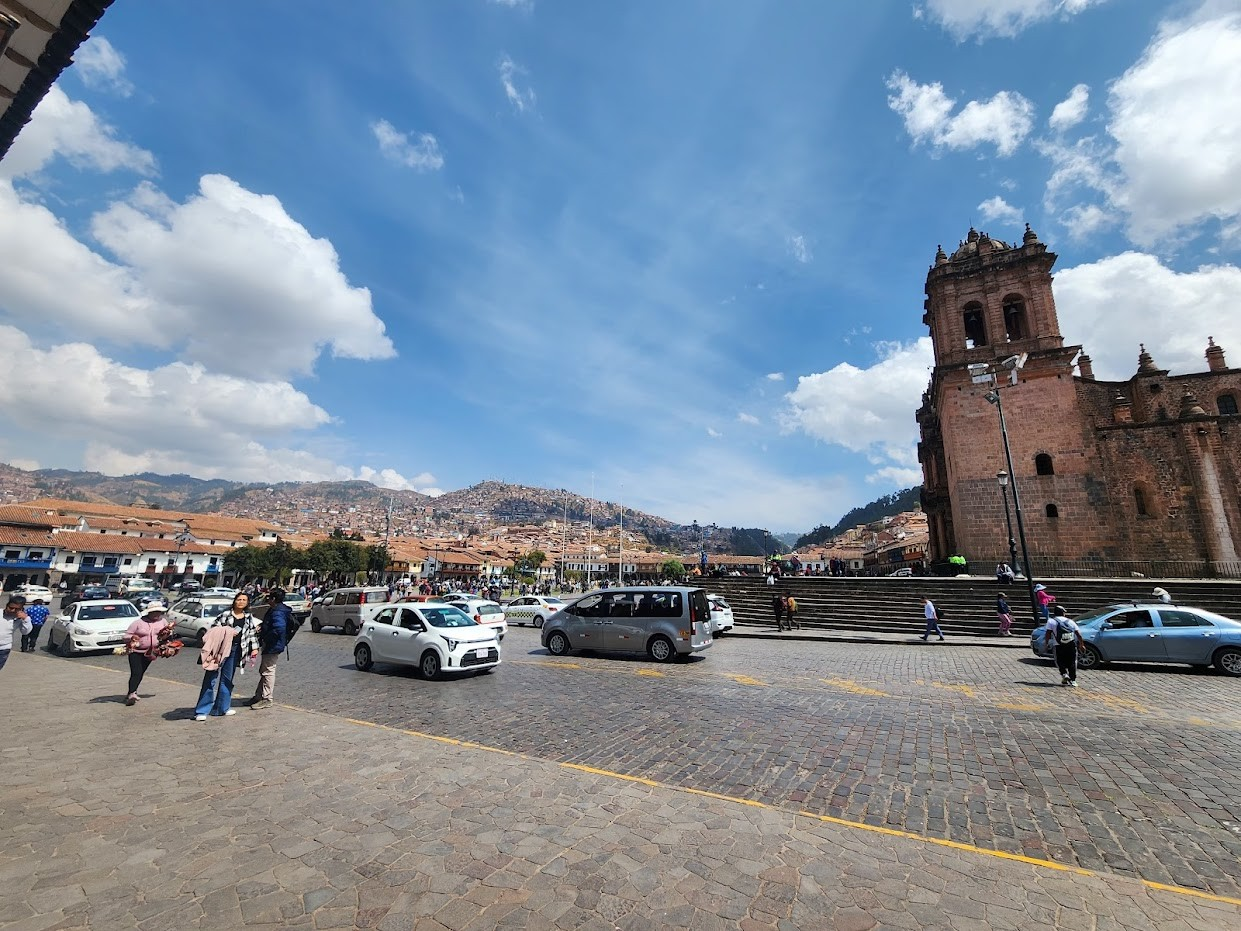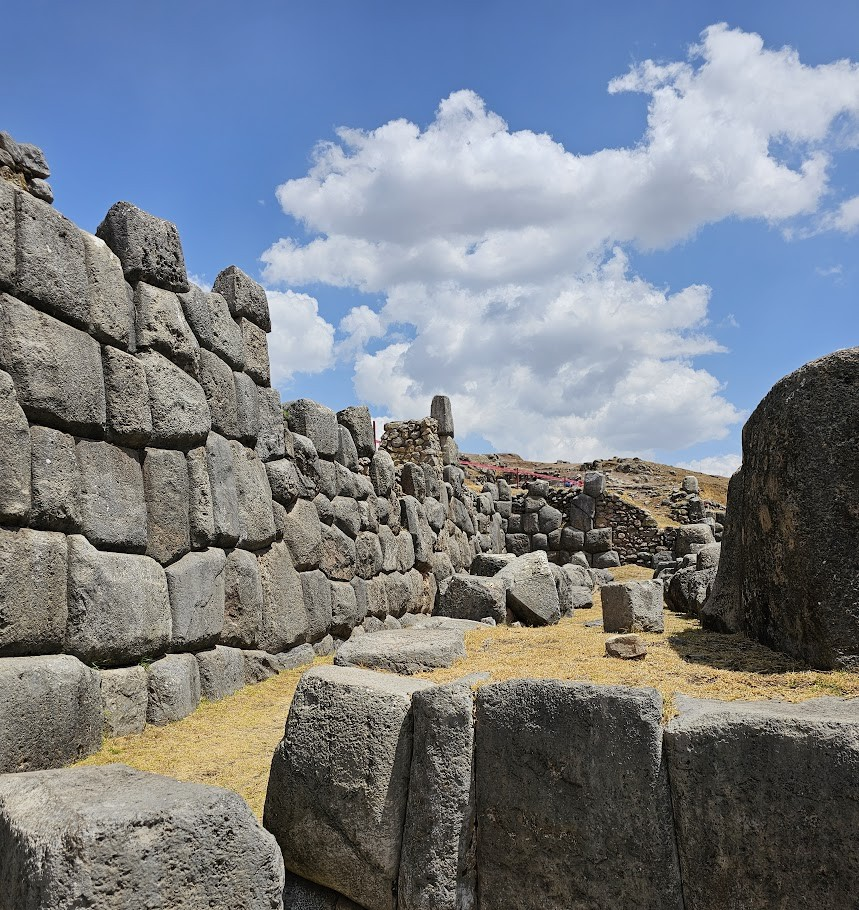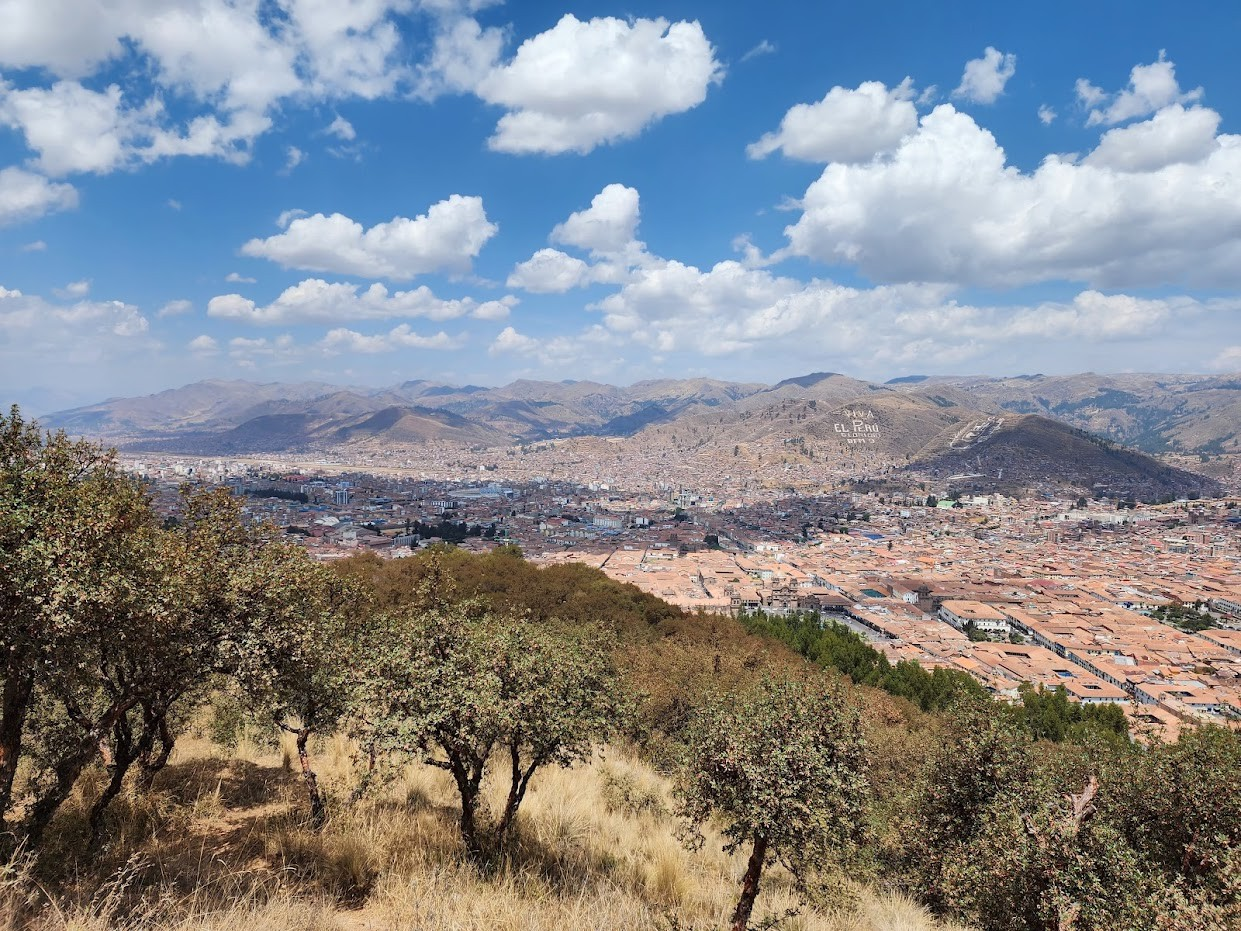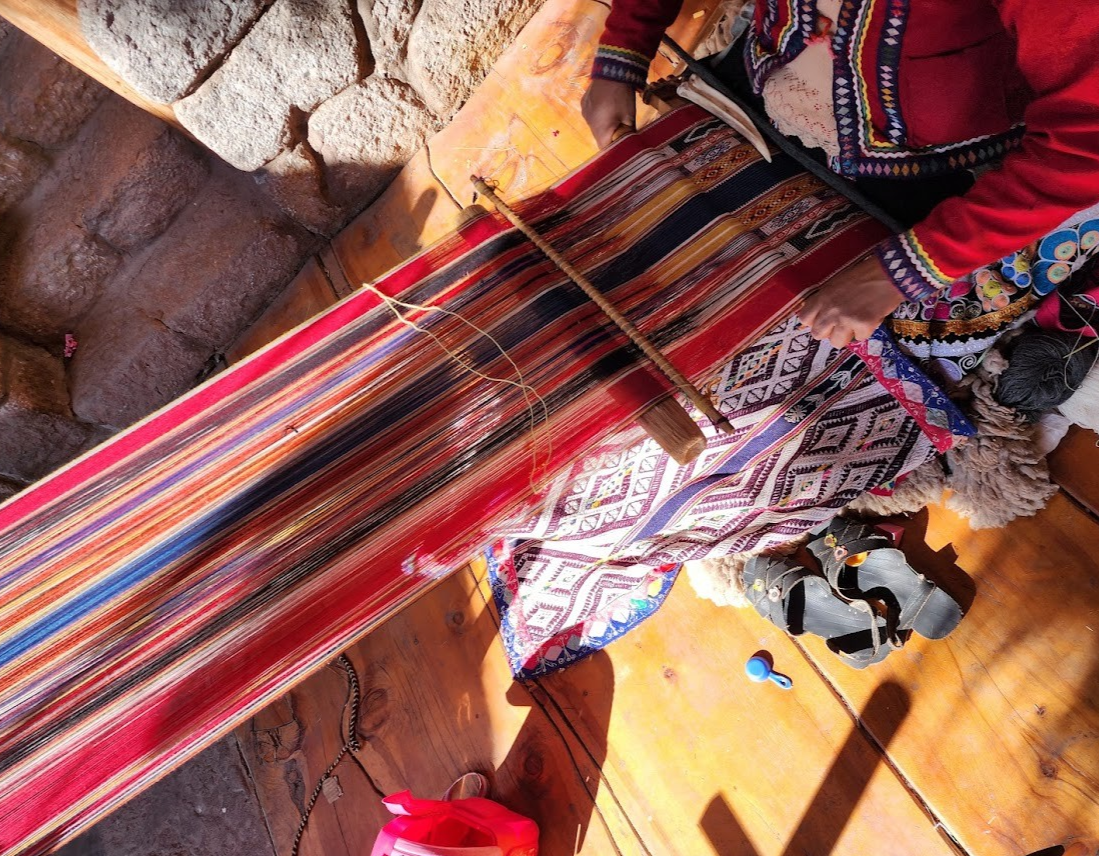Quick Facts
- Location: Cusco is located in southeastern Peru, nestled in the Andes Mountains. It serves as the gateway to the Sacred Valley and the world-famous archaeological site of Machu Picchu.
- Elevation: The city sits at an altitude of 3,399 meters (11,152 feet) above sea level, making it one of the highest cities in the world. Visitors often need time to acclimatize to the thinner air.
- Population: With approximately 430,000 residents, Cusco is a vibrant city that blends local traditions with modern amenities, serving as a cultural and tourism hub in Peru.
- Language: Spanish is the primary language spoken, but Quechua, the ancient language of the Incas, remains widely spoken among indigenous communities and is a critical part of the region's cultural identity.
- Currency: The Peruvian Sol (PEN) is the official currency. ATMs are widely available, and many establishments in tourist areas accept major credit cards, although carrying cash for smaller vendors is recommended.
- Best Time to Visit: The dry season, from April to October, is the most favorable time for travel. It features clear skies and is ideal for outdoor activities such as hiking and sightseeing. The peak tourist months are June through August.
- Historical Significance: As the historic capital of the Inca Empire, Cusco is a UNESCO World Heritage Site and a cornerstone of Peruvian cultural heritage. Its significance extends beyond history, serving as a symbol of indigenous resilience and cultural fusion.
Overview
Cusco, once the thriving capital of the Inca Empire, is a city where history breathes in every stone and corner. It is a UNESCO World Heritage Site renowned for its exceptional blend of Incan and Spanish colonial architecture. Ancient stone walls, constructed with extraordinary precision by the Incas, now serve as foundations for colonial-era buildings, creating a cityscape that reflects its layered history. Beyond its physical beauty, Cusco offers a rich cultural experience through its markets, cuisine, festivals, and the enduring presence of Quechua traditions.
At an elevation of 3,399 meters (11,152 feet), Cusco challenges visitors with its thin air but rewards them with spectacular vistas and unforgettable experiences. Known as the gateway to the Sacred Valley and Machu Picchu, Cusco is much more than a stepping stone; it’s a destination that captures the heart and mind with its vibrant energy and deep historical roots.
When to Go
Cusco’s high-altitude location means it experiences two primary seasons: the dry season and the wet season. Each offers distinct advantages, depending on the type of experience you're seeking.
- Dry Season (April-October):
- Features clear, sunny days and cold nights.
- Considered the best time for outdoor activities such as hiking and visiting archaeological sites.
- June to August is the busiest period, coinciding with local festivals and international tourist influx.
- Wet Season (November-March):
- Characterized by frequent afternoon showers and lush green landscapes.
- Fewer tourists during this period mean quieter attractions and lower accommodation costs.
- Rain may disrupt outdoor activities, so it's essential to plan accordingly.
Pro Tip: Allow two to three days for altitude acclimatization before engaging in strenuous activities or visiting sites like Machu Picchu. This will help you enjoy your trip without discomfort.
Top Attractions
Cusco is home to a wealth of attractions that showcase its historical and cultural significance. Highlights include:
- Plaza de Armas & Cusco Cathedral: The city’s main square, surrounded by colonial arcades and dominated by the magnificent Cusco Cathedral, a blend of Andean and Spanish artistry.
- Qoricancha (Temple of the Sun): Once the most important temple in the Inca Empire, it was dedicated to the sun god Inti. Today, its Incan foundations support the Church of Santo Domingo, symbolizing the city's layered history.
- Sacsayhuamán Archaeological Park: A fortress overlooking Cusco, known for its massive stone walls that fit together with incredible precision without the use of mortar.
- San Blas Neighborhood: A bohemian area of Cusco filled with artisan workshops, galleries, and quaint cafes, offering stunning views of the city below.
- San Pedro Market: A bustling market where you can experience authentic local culture through its food, crafts, and vibrant atmosphere.
- Maras Salt Mines: A stunning patchwork of salt evaporation ponds that have been in use since Incan times.
- Moray Archaeological Site: A series of circular terraces thought to have been an agricultural research center for the Incas.
- Sacred Valley: A lush valley dotted with Incan ruins, quaint villages, and breathtaking scenery.
- Cristo Blanco: A towering statue of Christ that overlooks Cusco, offering panoramic views of the city.
High Altitude Preparation
Cusco's high altitude requires thoughtful preparation to ensure a comfortable and enjoyable visit. Here are some essential tips:
- Drink plenty of water (2-3 liters daily) to stay hydrated.
- Avoid alcohol and heavy meals for the first few days.
- Try coca tea (mate de coca), a traditional remedy for altitude sickness.
- Take it easy on your first day to allow your body to adjust to the thinner air.
- Consider altitude sickness medication; consult your doctor before traveling.
- Plan visits to Machu Picchu and other strenuous activities after spending a couple of days acclimatizing in Cusco.
Personal Narrative
The moment we stepped off our flight from Lima, Cusco's elevation of 11,152 feet made its presence immediately known. We had wisely planned for this, dedicating our first day to acclimation—a crucial decision when visiting the ancient Incan capital...
To read the full narrative about our experience in Cusco, click the button below:
Read MoreCulinary Highlights
Cusco's cuisine blends traditional Andean ingredients with modern influences:
- Chupe de Quinoa (Quinoa Soup)
- Alpaca Steaks
- Cuy (Guinea Pig) - A local delicacy
- Trucha Frita (Fried Trout)
- Chicha Morada (Purple Corn Drink)
- Local Chocolate (Made from Peruvian Cacao)
Recommended: Take a cooking class to learn traditional Andean recipes
Sustainability and Responsible Tourism
Help preserve Cusco's rich heritage and support local communities:
- Support local artisans and fair-trade shops
- Respect archaeological sites and religious spaces
- Learn basic Quechua phrases to connect with locals
- Use local guides for authentic experiences
- Participate in community-based tourism initiatives
- Choose eco-friendly accommodations
- Minimize plastic waste at high altitude




